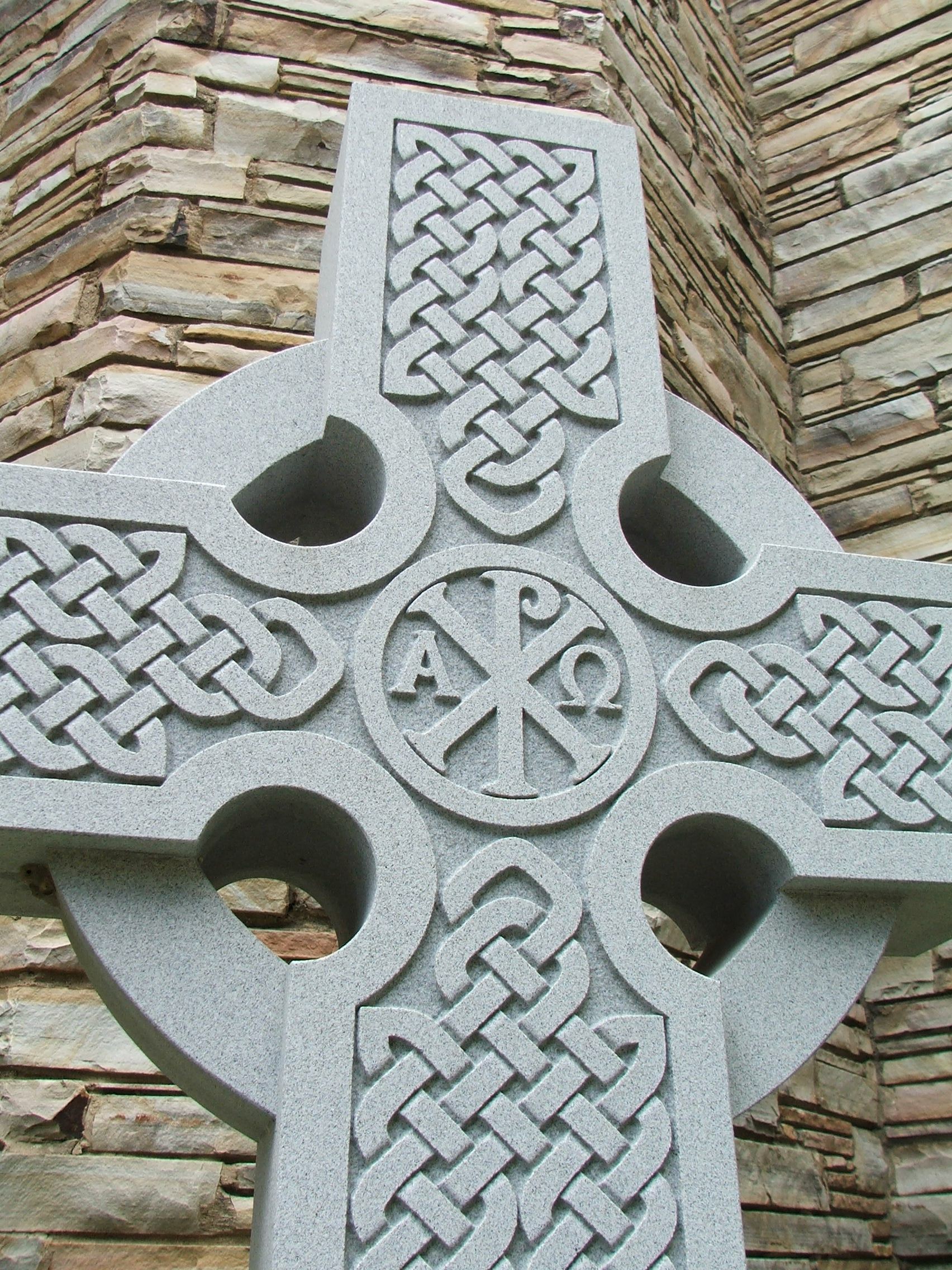To Listen to this Sermon, Click Here -> http://sermon.net/ststphnfw/sermonid/1200118017
World Communion: Encircling Christ
By Rev. Dr. Fritz Ritsch
October 6, 2013
“Lest anyone, then, be excluded from access to happiness, God not only sowed in human minds that seed of religion of which we have spoken but revealed Himself and daily discloses Himself in the whole workmanship of the universe. As a consequence, people cannot open their eyes without being compelled to see him.” John Calvin, Institutes of Faith, I. V. i.
Philip Newell writes that his infant son Cameron liked to take his midday nap in his carriage in the wooded backyard of their home in England. “One day, toward the end of Cameron’s nap when I thought he would soon be waking, I went out to the yard. There he was, lying on his back in the carriage, fully awake but perfectly still. He was looking at the light dappling through the leaves of a fig tree. I paused to watch him. After a while, he lifted his arms to the light in a type of response. I was witnessing a communion with the Glory that dapples through creation. As I stood watching Cameron, I remembered, perhaps the earliest memory of my life, doing exactly the same thing as an infant, lying under a tree watching light dapple.” [1]
It is this discovery of the glory of God in the world around us that Celtic spirituality celebrates. “To see Christ as leading us further into the unity of life is a belief that was cherished in the ancient Celtic world,” Newell says.[2]
The Celts were an ancient people who occupied a good part of Europe until the Romans pushed them into the British Isles–Ireland, Scotland, Mann, Wales, Cornwall, and Brittany–by the end of the First Century AD. As the Roman world adopted Christianity, so too did the Celts, but in their own distinctive and unique ways, often in contrast to Roman Catholic traditions. For them, the God they discovered in Jesus Christ was as present and real as a tree in the woods or the birds of the air, present with them when they milked the cows or lit the evening fire, as tangible as the hard ground they slept upon or the rough seas they sailed or the cool of the breeze or the soft grass they walked upon. He was their companion in trouble, “Christ of the wounds” who understood their wounds, Christ the shield who defended them, Christ the encircler who protected them. Above all, Christ was intensely personal:
Christ as a light illumine and guide me. Christ as a shield overshadow me. Christ under me; Christ over me; Christ beside me on my left and my right. This day be within and without me, lowly and meek, yet all powerful. Be in the heart of each to whom I speak; in the mouth of each who speaks unto me.
Christ surrounds each of us, protects each of us, enfolds each of us, and is within each of us. He is in the world around us and in those we meet on life’s journey; he is in word and heart, in the beasts and the trees, in sky and sea, in work and play, in the light that dapples through the trees. He encircles us with a deeply personal love that we can find in all the world around us. Philip Newell says that for the Celts, Christ heals the wounds that divide nature and humanity and God, because Christ is all in all.
When one reads or hears the prayers of the Celts, one is struck by the concrete imagery, shield and tree, wilderness and storm, life and death, blood and tears. One senses that Christ is incarnate, made real and alive, in every real and living thing. For the Celts, there’s no line between the material and the spiritual, between soul and body, between this world and the next. Jesus crosses all those boundaries and meets us—you and me—exactly where we are, physically, spiritually, emotionally, in every way.
This sort of healing is what brings us together for World Communion Sunday, when we’re particularly reminded of the “now” and the “not yet” aspects of our hope in Christ. On World Communion Sunday, Christians around the world celebrate the spiritual union Christians that transcend barriers of race, ethnicity, politics, creedal differences, and geographic boundaries and disagreements; even as we come humbly aware that this spiritual union is not yet a material, physical reality; and so we pray that all those barriers that separate us can be overcome. The Celts tried to live as if all those barriers were already transcended, as if the spiritual was already a material reality. They saw the wonder of God in the commonplace, the day-to-day; and they found the suffering Christ with them in their suffering even as they found the risen Christ in the good things of life. It’s the Celts, as much as anyone, who taught us Presbyterians that we didn’t have to imagine the bread of communion wasn’t really bread, or the wine of communion wasn’t really wine. These commonplace things don’t need to be miraculously transformed. Christ is already in them. Just as Christ is in the trees and the skies and in every breath we take and in every person we meet, in every experience of our lives—and in you and me.
[1] Newell, Philip. Christ of the Celts: The Healing of Creation. San Francisco: Jossey-Bass, Copyright John Wiley & Sons, 2008. P. 50.
[2] Ibid., P. x.

